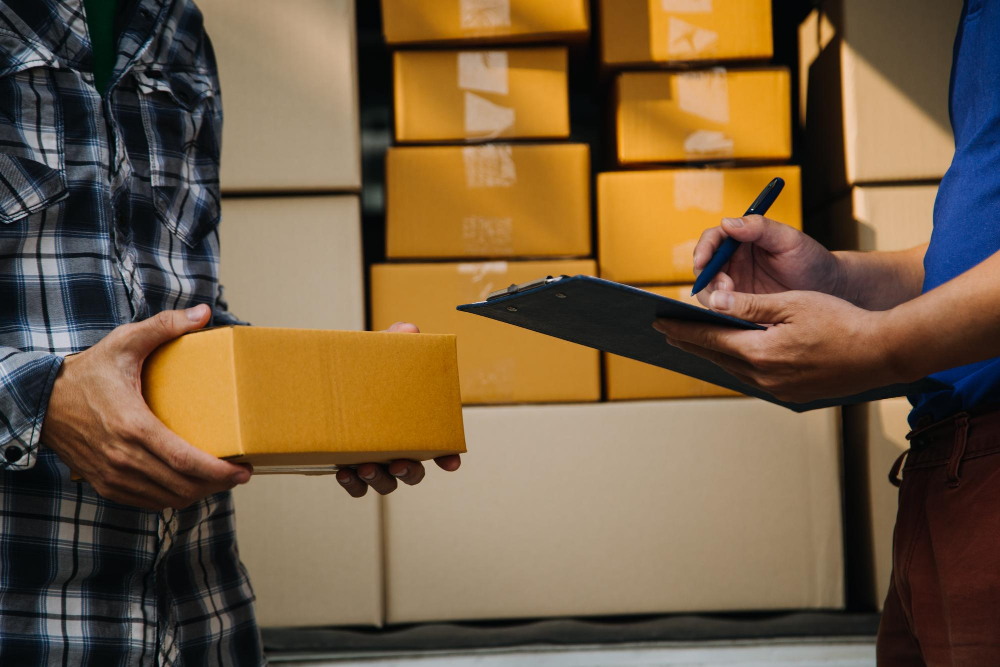
Amazon FBA and Dropshipping: Which Model to Choose for a Successful Business
Are you stuck between Amazon FBA and dropshipping? You're not alone. For new and experienced sellers alike, choosing the right business model can shape your success on Amazon. Amazon FBA simplifies your life by storing, packing, and shipping products for you. Dropshipping, meanwhile, reduces inventory altogether: products go from the supplier to the fulfillment center and then directly to the customer. Each model has its pros and cons, and what works best depends on your goals, budget, and level of dedication. In this post, we'll break down both models so you can make a smart and informed decision. What is Amazon FBA? Amazon FBA, short for Fulfillment by Amazon, is a service that allows sellers to outsource logistics to Amazon for a fee. This means Amazon stores your inventory, packs orders, ships them, and even handles customer service and returns. What is Amazon Dropshipping? Amazon Dropshipping is a business model in which you sell products on Amazon without warehousing them or delivering them to customers yourself. Instead of holding inventory, you purchase the product from a third-party supplier after a customer places an order, and the supplier sends it to a fulfillment center, which then forwards it to the customer. This rerouting through a fulfillment center isn't just logistical; it's critical. Amazon's strict dropshipping policy requires that you, the seller, be listed as the "seller of record" on all shipments. If your supplier ships directly to customers with their name on the package, you are violating this rule. Using a fulfillment center ensures that all packages are branded, helping you stay compliant and avoid account suspensions or listing removals. Dropshipping appeals to many because it's cheap and easy to get started. You win by raising the supplier's price and pocketing the difference, with low upfront costs and no storage.

Add a review
Your email address will not be published. Required fields are marked *